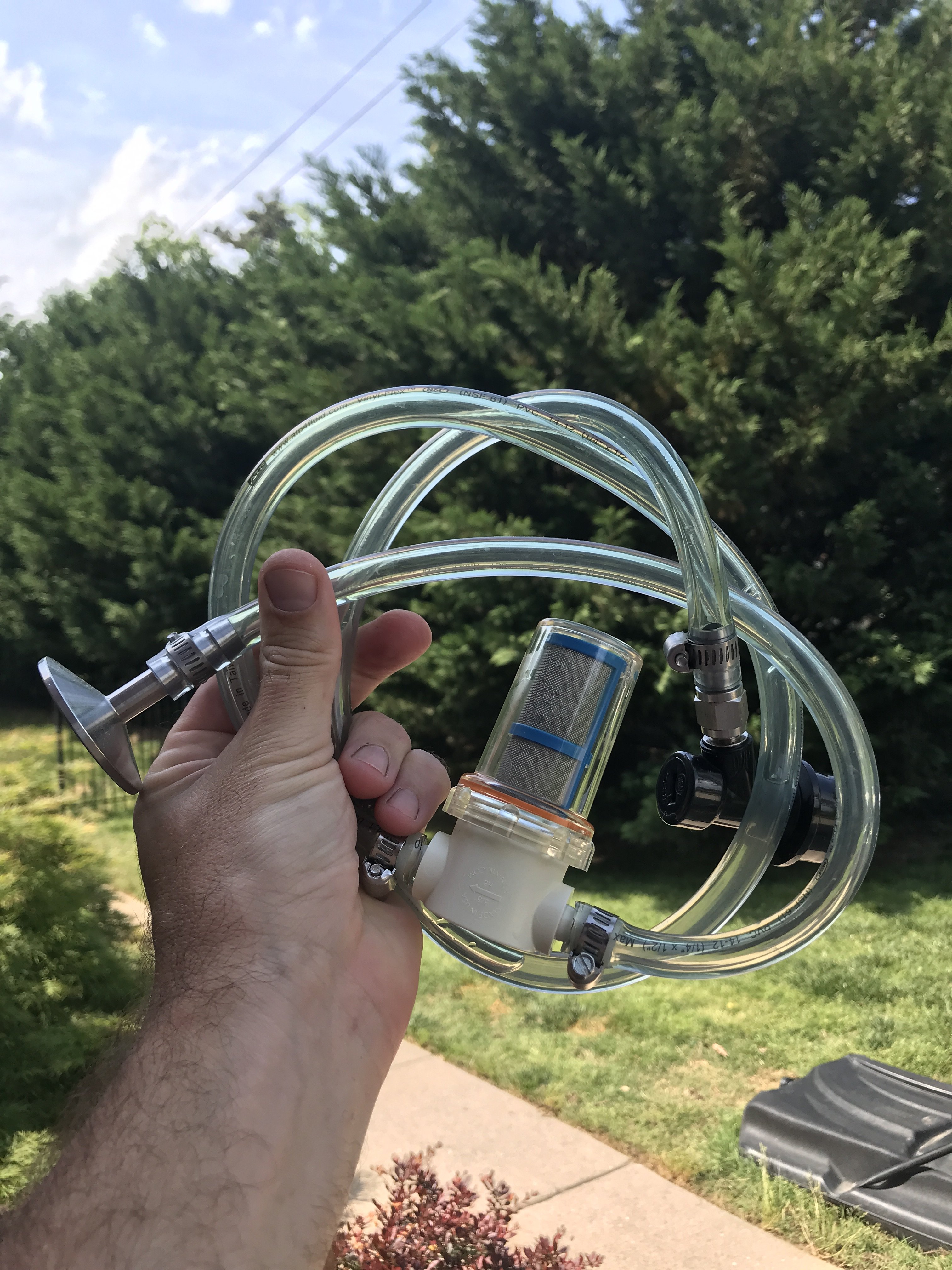stickyfinger
Well-Known Member
Hey, thanks for the info. I ordered the paperback version but won't get it for a few days - very excited to read it! I am brewing a couple IPAs tomorrow and want to use this method you have outlined. I just have a few questions about the temperature transitions and the first two dry hops. Can you please clarify?
- i was going to attach my temperature controller probe to the side of my fermenter with insulation throughout this entire process, even during the temp increases. I assume that would be fine?
- is the first dry hop added when the beer is still at 72F but right before crashing to 64F OR right when the beer reaches 64F OR after it has been held at 64F for 2 days?
- is the second dry hop added before you raise the beer to 72F OR right when you get to 72F or after the beer has been held at 72F for 5 days?
- i was going to attach my temperature controller probe to the side of my fermenter with insulation throughout this entire process, even during the temp increases. I assume that would be fine?
- is the first dry hop added when the beer is still at 72F but right before crashing to 64F OR right when the beer reaches 64F OR after it has been held at 64F for 2 days?
- is the second dry hop added before you raise the beer to 72F OR right when you get to 72F or after the beer has been held at 72F for 5 days?
I have read to Chapter 8 of Janish book so far - lots of great info and science explanation behind what we do (be warned - very scientific language used at times). I won't provide a bunch of spoilers but I do want to point out interesting process tweaks based on scientific tests regarding yeast / fermentation schedule for Ale yeast & dry hopping for NEIPA to increase esters & reduce unwanted non-fruity hop oils or astringency from polyphenols. (This is not overtly stated in book - I pieced this together.)
- Overpitch yeast - leads to increased esters (this was new info to me - not sure I will try this though)
- Pitch warm (3-5 degrees higher than top of your specific yeast temp range) and continue chilling to desired temp ---- leads to increased esters and possibly greater glycerol (max glycerol production in first 18hrs) (this was new info to me- definitely gonna do this since summer)
- Ferment on the warm side of the schedule - (temp that highest on scale for your yeast - usually 72-74) - increases fruity esters (no surprise here)
- Approximately 60hrs after pitch yeast, DROP the temp to lowest temp for your specific yeast (usually 60-64*) - leads to significant increase in esters. (this was new info to me - for sure gonna do this). Hold this low temp for approximately two days and add first small dryhop (no more than 3-4oz & make sure to do LODO process)
- This should have you around day 5-6. Allow the temp to freerise back to the high end of the ferm schedule for the yeast (~72-74) hold this for 5 days add another small dryhop if desired (no more than 2-3oz & make sure to do LODO process
- Day 10-11 - Crash it to around 58* hold for a day for the yeast to crash then add final dryhop (no more than 3-4oz & make sure to do LODO process). After 24hr crash completely - get the beer transferred off the final dryhop in under 48hrs
- In case you didn't notice the recommendation is small dryhop charges spread across 2-3 charges, including a biotrans dryhop - this reduces astringency from polyphenols & "green" hop oils and increases extraction efficiency of the hops - in turn this makes the beer drinkable sooner. (Not necessarily new info but I am gonna try the triple dryhop instead of my usual double to see if different).
There are few other pearls that I have gathered too. The above has me the most excited so far to try with NEIPAs and some process tweaks to improve my lager brewing that I learned. I strongly recommend everyone add this book to their brewing library.



































![Craft A Brew - Safale BE-256 Yeast - Fermentis - Belgian Ale Dry Yeast - For Belgian & Strong Ales - Ingredients for Home Brewing - Beer Making Supplies - [3 Pack]](https://m.media-amazon.com/images/I/51bcKEwQmWL._SL500_.jpg)



























